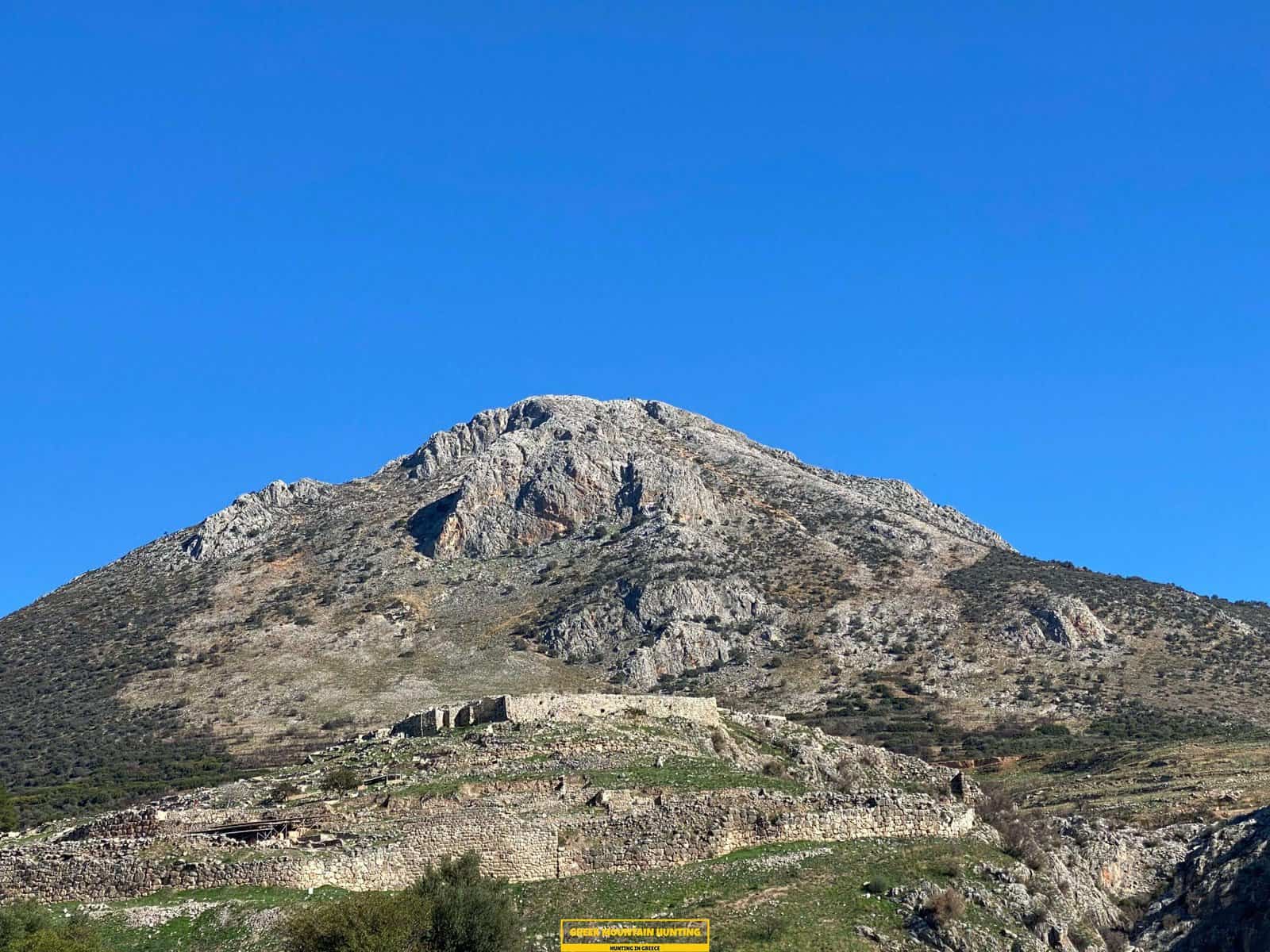
The ibex hunt is an incredible holiday and amazing hunting expedition in Greece. It is not constantly a challenging hunt and undesirable problems for many seekers. What else would certainly you like to imagine throughout your trip of old Greece, diving to shipwrecks, and hunting for Kri Kri ibex on an exotic island for 5 days?

This Ibex is NOT a diminutive type of the Bezoar Ibex, which has actually migrated into the western-most reach of the series of this species. The kri-kri (Capra aegagrus cretica), also called the Cretan goat, Agrimi, or Cretan Ibex, is an indigenous goat species populating the eastern Mediterranean, which was as soon as believed to be a subspecies of wild goat. This kri-kri is a feral goat with a light brown layer with a dark collar. They have two sweeping horns on their heads. During the day, they relax and also prevent site visitors, preventing vacationers. The kri-kri can jump a long way or range apparently upright cliffs.
To lots of people, The Peloponnese peninsula on the Greek Mainland is the 'actual' Greece, where points have actually not transformed much at all over the centuries despite the fact that lots of people have discovered it. This is an area where you can easily spend a month or more but if you are short on time then our hunting and touring Peloponnese Tours from Methoni is a wonderful solution. This covers a significant amount of ground to a few of Europe's the majority of phenomenal websites in simply 5 days. You truly won't believe what you see! Whilst the Peloponnese is home to a few of the most effective beaches in Greece there are many points to do and also see that it is really a year-round location. Whilst Summer is the ideal time to invest at the falls and also coastlines, Spring and Autumn are outstanding for hiking and also discovering Ancient Ruins, Caves as well as Archeological sites. Also winter is attracting as much of the villages and communities receive some snow, particularly in the hills, as well as the rock design and also vineyards offer themselves to cosy minutes by an open fire. The covered dishes and conventional winter season food is scrumptious and also hearty. No matter what season you select you will locate the crowds extremely manageable and in many areas, non-existent.
Look no better than the Sapientza island in Greece if you are looking for Kri Kri ibex search and also remarkable getaway destination. With its spectacular all-natural charm, delicious food, as well as abundant culture, you will not be dissatisfied. Book among our hunting and also exploring Peloponnese Tours from Methoni today, dot neglect your trophy Kri Kri ibex!
What is the diference between Kri Kri ibex, Bezoar ibex and hybrid ibex
The kri-kri is not thought to be indigenous to Crete, most likely having been imported to the island during the time of the Minoan civilization. Nevertheless, it is found nowhere else and is therefore endemic to Crete. It was common throughout the Aegean but the peaks of the 8,000 ft (2,400 m) White Mountains of Western Crete are their last strongholds–particularly a series of almost vertical 3,000 ft (900 m) cliffs called ‘the Untrodden’—at the head of the Samaria Gorge. This mountain range, which hosts another 14 endemic animal species, is protected as a UNESCO Biosphere Reserve. In total, their range extends to the White Mountains, the Samaria National Forest and the islets of Dia, Thodorou, and Agii Pandes.
This Ibex is NOT a diminutive form of the Bezoar Ibex, which has migrated into the western-most reach of the range of this species. The kri – kri (Capra aegagrus cretica), sometimes called the Cretan goat, Agrimi, or Cretan Ibex, is a feral goat inhabiting the Eastern Mediterranean, previously considered a subspecies of wild goat. The kri-kri has a light brownish coat with a darker band around its neck. It has two horns that sweep back from the head. In the wild they are shy and avoid tourists, resting during the day. The animal can leap some distance or climb seemingly sheer cliffs.
“The agrimi goat Capra aegagrus cretica is unique to Crete and its offshore islands. It has been identi®ed as a sub-species of the wild bezoar goat Capra aegagrus aegagrus Erxleben, 1777, which it closely resembles in horn shape, body form and coloration. This classi®cation has been disputed by some researchers who claim that the agrimi are feral goats, derived from early domestic stock brought to the island by the ®rst Neolithic settlers. In order to clarify this issue, DNA analyses (cytochrome b and D loop sequences) were carried out on tissue of live and skeletonized agrimi and compared to sequences of wild and domestic caprines. Results conclusively show the agrimi to be a feral animal, that clades with domestic goats (Capra hircus) rather than with wild Asiatic bezoar. This study demonstrates that morphometric criteria do not necessarily re¯ect genetic af®nities, and that the taxonomic classi®cation of agrimi should be revised.”